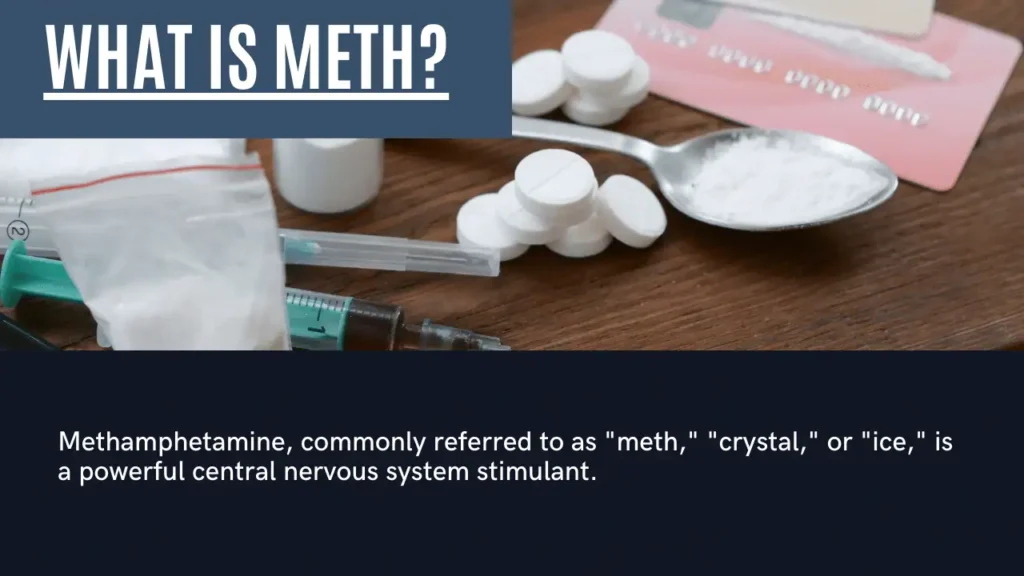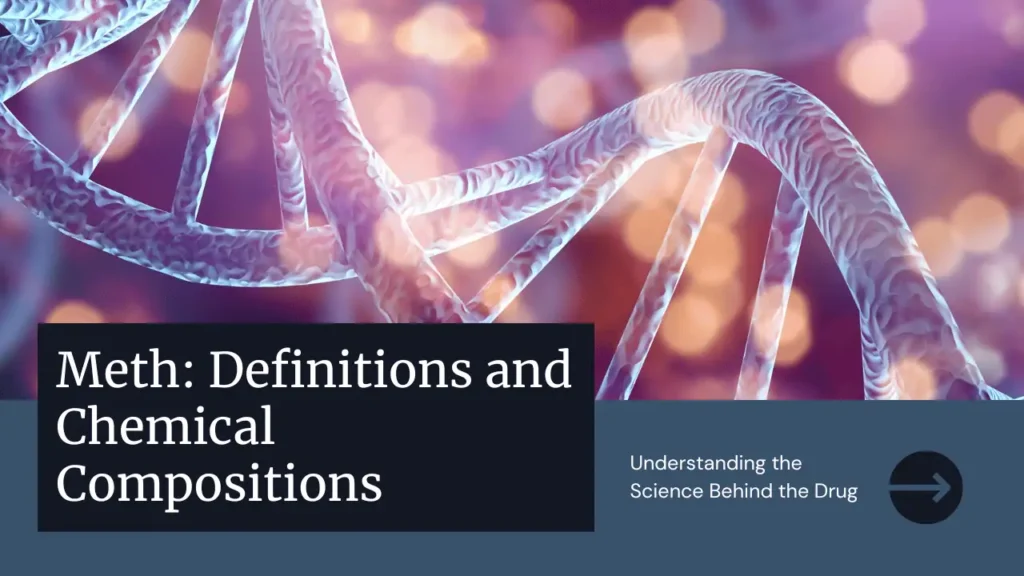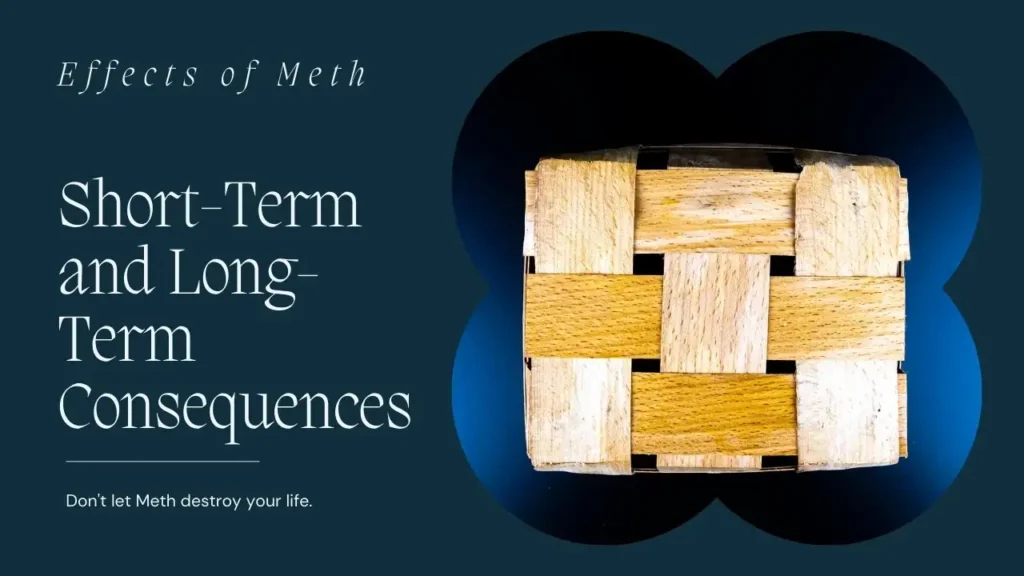Understanding the nuances between various forms of illegal substances is crucial, especially in the realm of addiction education and prevention. This comprehensive guide dives deep into demystifying the differences between meth and crystal meth, unpacking not only their chemical structures and names but also their profound impact on users’ lives, health, and society at large.
The Basics: What is Meth?

Methamphetamine, commonly referred to as “meth,” “crystal,” or “ice,” is a powerful central nervous system stimulant. It is a derivative of amphetamine that can be taken orally, as an injectable solution, or by smoking but is also found in over-the-counter nasal decongestants and obesity medications. Its effects can range from increased alertness, wakefulness, and physical activity to an intense high, a sense of euphoria, and increased libido.
History and Origin
Meth’s origins trace back to the late 1800s when the chemical compound was first synthesized in Japan by chemist Nagai Nagayoshi. It wasn’t until World War II that its stimulant properties were realized. By the 1960s, meth became a popular drug of abuse in the United States, especially within the counterculture scene, and its illegal production and distribution have been growing ever since.
Common Street Names
Street names for meth often reflect its various forms and colors, informing buyers and sellers about the specific type being used or sold. Some of these include “chalk,” “tina,” “crystal,” and “glass.” In tablet form, meth is sometimes sold as “yaba,” meaning “crazy medicine” in Thai.
Crystal Meth: The More Potent Form
Crystal meth, or “ice,” is a smokable form of the drug that is generally more potent and has a higher purity level than meth in its powdered form. Where meth may look like a pill or powder, crystal meth appears as small, chunky clear shards or blue-white rocks.
Definitions and Chemical Compositions

Crystal meth is a distinct offshoot of methamphetamine, characterized by its translucent crystal form. It is smokeable and known for its long-lasting, intense high. The two substances share the same base structure, but crystal meth’s purity and form can lead to more powerful effects and a higher likelihood of dependency.
Differences in Appearance and Purity
The most obvious visual distinction between the two is the appearance, where meth may be a white or off-white powder, and crystal meth is transparent, often looking like fragments of glass or bluish rocks. This clarity is due to its purity which averages around 90% and can be upwards of 99%, compared to meth’s purity usually being significantly lower.
Common Street Names
Known by a slew of street names such as “tina,” “ice,” and “crystal,” the mere appearance of this drug typically commands higher prices and addictiveness.
Diving Deeper into the Distinctions
Looking beyond the surface, there are several key areas where meth and crystal meth differ significantly.
Cost
Due to its purity and potency, crystal meth is often more expensive than regular meth. The production process for crystal meth is more complex, typically produced in clandestine laboratories, and involves purifying meth from chemical reactions, usually in the form of powder.
Appearance
As mentioned, their physical form is a big differentiator. Regular meth tends to be crushed powder, while crystal meth is in a clear crystalline form.
Addiction
The potency of crystal meth often leads to a more rapid and intense addiction compared to meth. The euphoric and sustained high provided by crystal meth creates a psychological dependence that many users find extremely difficult to overcome.
Effects: Short-Term and Long-Term

The immediate physiological and psychological effects of both meth and crystal meth can be severe, with long-term consequences leading to chronic health issues and behavioral changes.
Short-Term Effects of Meth
The short-term effects of meth, regardless of form, can include increased wakefulness and physical activity, decreased appetite, rapid heart rate, and increased blood pressure. High doses can lead to a surge in heart rate and body temperature, drastically increased respiration, and can also lead to cardiovascular collapse. Other immediate effects include hyperthermia, convulsions, and changes in brain structures.
Long-Term Effects of Meth
Prolonged use of meth can result in severe dental problems, known as “meth mouth,” intense itching, redness, and sores on the skin from scratching, hair loss, memory loss, and cognitive deficits. Heavy users may also experience drastic weight loss, severe tooth decay, disorientation, apathy, confused exhaustion, and sometimes serious neurological issues.
Psychological Impact of Addiction
The mental health implications are similarly dire, with a high incidence of psychosis, including paranoia, mental confusion, and hallucinations, which can persist beyond the cessation of use. Long-term meth dependency can lead to symptoms resembling those of Parkinson’s disease including tremors and difficulty with movement.
Prevalence and Availability
The distribution and sale of meth, especially crystal meth, is significant in many parts of the world, making it a drug of serious global concern.
Global and National Statistics
Meth use statistics vary greatly across different regions. While in the United States, for example, meth use has been on the rise, in other parts of the world, such as Australia, it has seen periods of decrease and resurgence. The production and distribution of both meth and crystal meth have caused widespread concern due to the associated criminal activities and socioeconomic costs.
Factors Affecting Availability and Distribution
Availability is generally influenced by the presence and activity of organized crime groups that specialize in the production and distribution of methamphetamine products. The relative ease of synthesis also plays a significant role in its production and distribution.
Health Risks and Dangers
Meth and crystal meth are not only highly addictive but also carry serious risks to both physical and mental health.
Physical Health Risks
The physical health risks of meth use are extensive and often life-threatening. Cardiovascular issues, lung damage, and severe weight loss are just a few of the many dangers. Furthermore, the use of crystal methamphetamine can result in the “ice pick” pain of headaches, sleep disorders, and even the risk of hepatitis or HIV due to unsafe injecting practices.
Mental Health Risks
Mental health is significantly impacted by meth usage. The drug’s debilitating effects often lead to mental breakdowns, depression, social isolation, and violent behavior. Additionally, the risk of experiencing severe mental health issues or exacerbating preexisting conditions is much higher among meth users.
Potential for Overdose and Fatality
The potential for overdose and resultant fatality is a genuine threat, especially with the use of crystal meth. The increased purity means that users may misjudge the dosage, leading to life-threatening consequences.
Addiction and Treatment
Understanding addiction is critical in developing effective treatment strategies for individuals struggling with meth and crystal meth dependency.
Understanding Meth and Crystal Meth Addiction
Meth addiction is a complex disease arising from many interrelated factors, including genetic predisposition, environmental stressors, and neurobiological changes. The addictive nature of these substances makes breaking free from dependency an arduous task, requiring not only personal commitment but also professional support.
Treatment Options and Resources
Comprehensive treatment plans often include medical detoxification, psychotherapy, support groups, and medication to address co-occurring mental health conditions. The use of cognitive-behavioral interventions and contingency management, in particular, have shown promise in treating meth addiction.
Support for Affected Individuals and Families
Addiction not only impacts the individual using but also their family and loved ones. Support groups such as Narcotics Anonymous and Al-Anon can provide both the individual and their support circles with the resources needed to navigate the recovery process.
Prevention and Education
The most effective way to combat meth and crystal meth abuse is through prevention and education initiatives.
Importance of Drug Awareness and Education
Raising awareness about the dangers of meth and crystal meth use is paramount to reducing their prevalence. Education programs aimed at youth, parents, and communities can help demystify the allure of these drugs and provide factual information.
Strategies for Prevention and Early Intervention
Prevention efforts should focus on creating a supportive environment that nurtures healthy choices and provides the resources necessary for individuals to make informed decisions. Early intervention strategies can include teaching refusal skills, providing positive alternative activities, and screening for potential risk factors.
Resources for Parents, Educators, and Communities
Parents, educators, and community leaders can serve as important allies in the battle against meth and crystal meth abuse. Resources such as educational materials, support hotlines, and community outreach programs can equip these stakeholders with the tools needed to address the issue effectively.
In Conclusion: Bringing it All Together
The distinction between meth and crystal meth goes beyond mere semantics—each has unique characteristics that require tailored approaches to understanding, prevention, and treatment. By educating ourselves and others, we can play a vital role in curtailing the devastating impact of these potent substances on individuals and society at large.
Raising awareness, supporting treatment efforts, and providing resources will remain critical in addressing the challenges posed by meth and crystal meth abuse. Now is the time to take action, to prevent further harm, and to support those who have been affected. Let’s work together to build a safer, healthier future for all.






